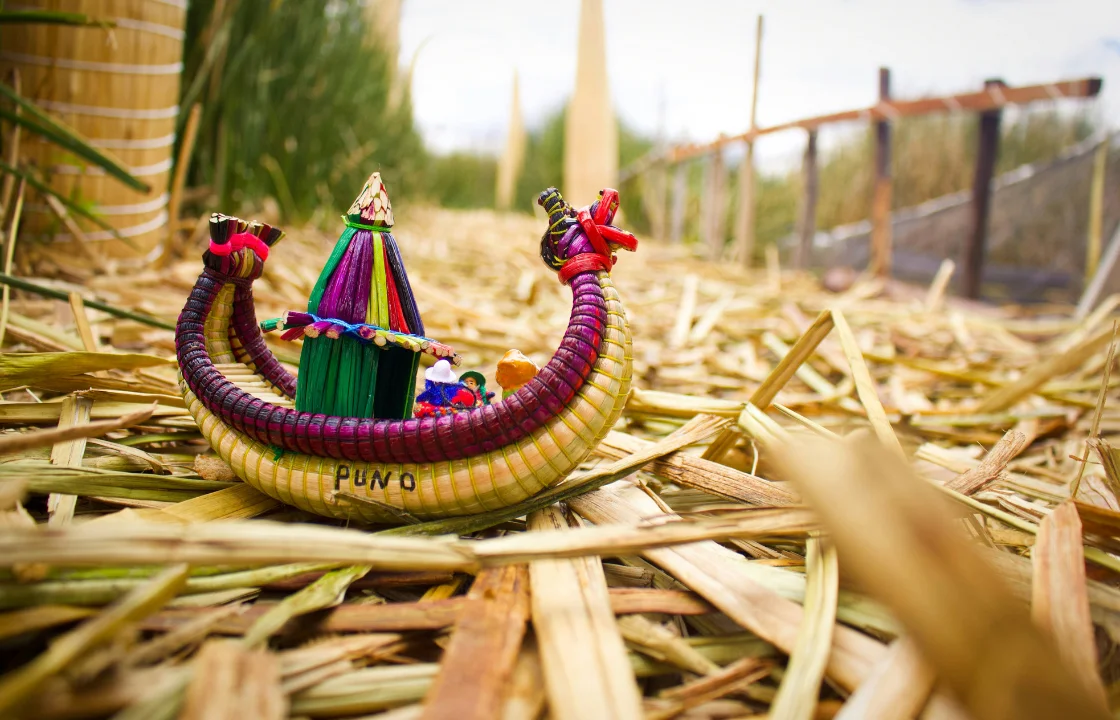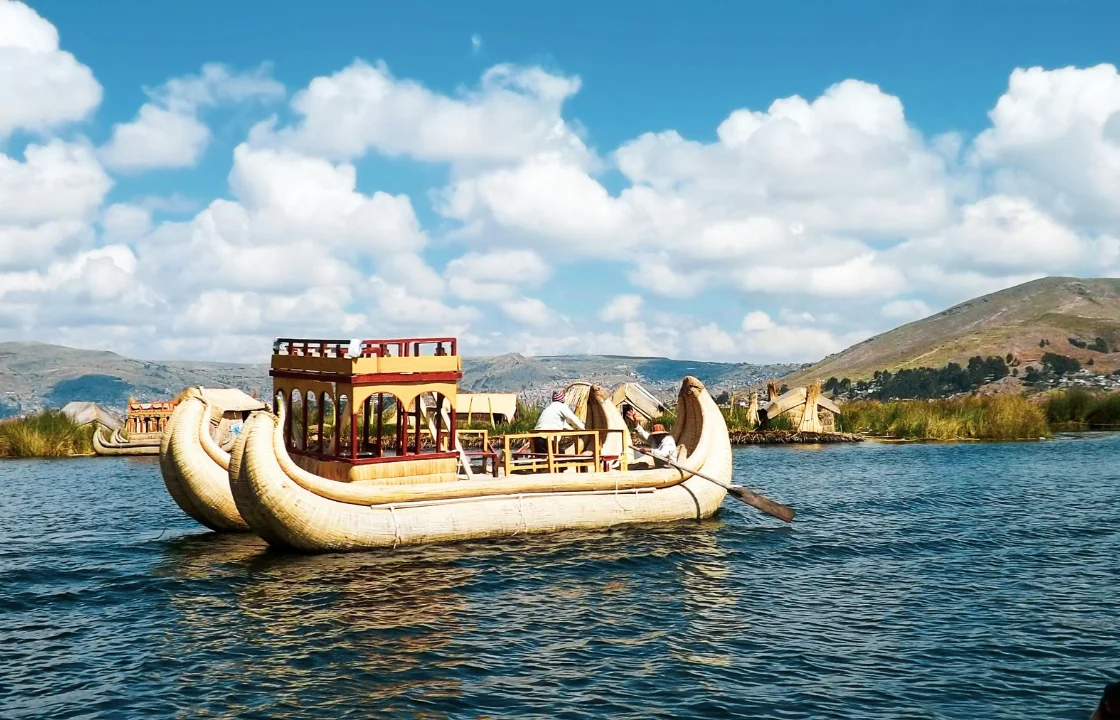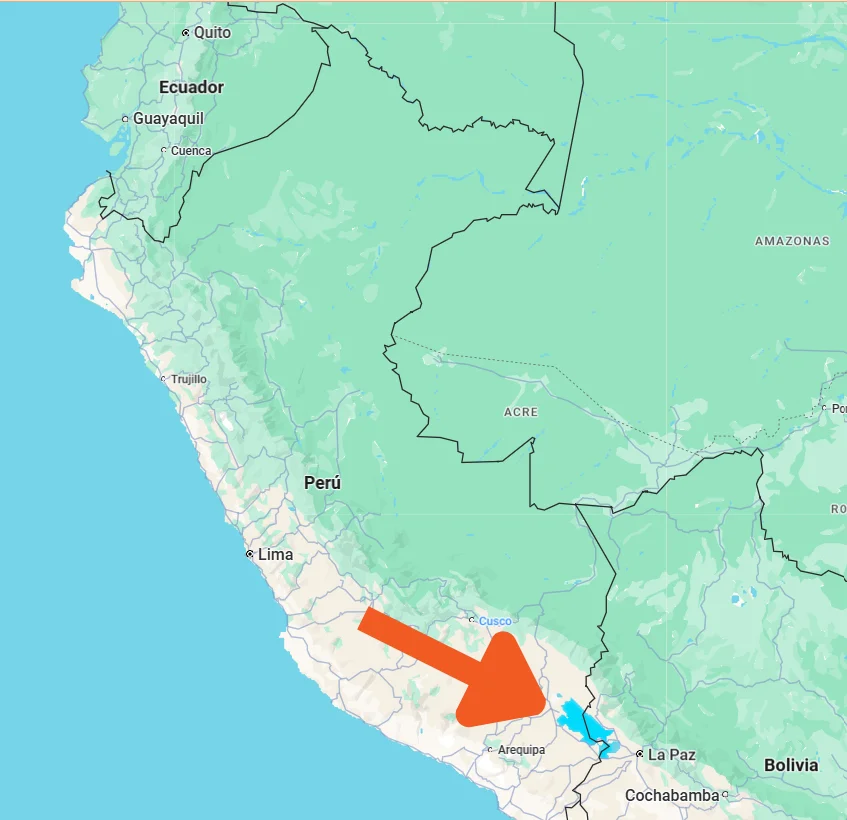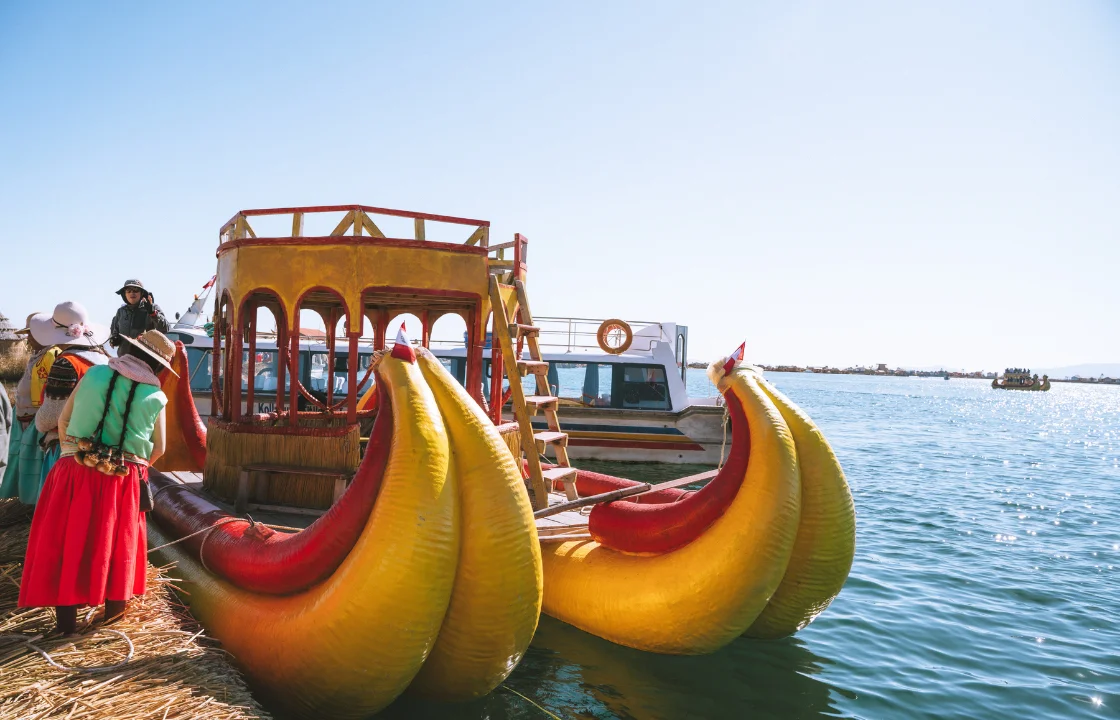Perched high in the Andes, Lake Titicaca is more than just a body of water, it’s a place of legends, color, and quiet magic. Here, the skies feel closer, the waters tell ancient stories, and the people live with a rhythm rooted in tradition.
Hello, dear reader! If you're planning a trip through Peru, especially to Cusco or Machu Picchu, you might be wondering: Is Lake Titicaca worth visiting? Absolutely. In this article, we’ll answer the most common questions travelers have about this breathtaking destination — from where Lake Titicaca is located to what makes it so unique, including its floating islands, fascinating wildlife, and more.
Whether you're creating your itinerary or simply dreaming of the Andes, this guide will show you why Lake Titicaca tours are one of the highlights of any journey through Peru.
Where is Lake Titicaca located?
Lake Titicaca is located in the Andes Mountains, straddling the border between Peru and Bolivia. On the Peruvian side, it lies in the Puno Region, a high-altitude destination often combined with trips to Cusco and Arequipa. If you’re wondering where Lake Titicaca is, think of it as a cultural heartland between Machu Picchu and the Bolivian Altiplano.
Lake Titicaca elevation and size
With an elevation of 3,812 meters (12,507 feet) above sea level, Lake Titicaca is the highest navigable lake in the world. But how large is Lake Titicaca? It stretches over 8,300 square kilometers (3,200 square miles), making it South America’s largest lake by volume. If you're asking how deep is Lake Titicaca, it reaches a maximum depth of 284 meters (932 feet).
Lake Titicaca Floating Islands
One of the lake’s most famous attractions are the floating islands of the Uros people. These artificial islands are made of totora reeds and have been inhabited for centuries. Visitors can walk on them, learn about the traditional lifestyle of the Uros, and even stay overnight. If you’re wondering what are the people who live on the artificial islands in Lake Titicaca called, the answer is: the Uros.
Cultural significance and wildlife
Lake Titicaca isn’t just beautiful—it's deeply spiritual. Many Inca legends say the sun itself was born from its waters. Some even believe it may be linked to the El Dorado myth (which lake may have been the source of some El Dorado legends? — Lake Titicaca is a strong contender).
The lake is also home to unique species, like the Lake Titicaca frog, also known humorously as the "scrotum frog", due to its distinctive wrinkled skin. This species is critically endangered and can only be found here.
Rivers and geography
How many rivers empty into Lake Titicaca? Over 25 rivers feed the lake, but only one river flows out: the Desaguadero River, which heads toward Lake Poopó in Bolivia. If you're studying a Lake Titicaca map, you'll notice how vast and interconnected it is with the surrounding ecosystem.
Frequently Asked Questions (FAQs) about Lake Titicaca
Where is Lake Titicaca?
Lake Titicaca is in the Andes, between Peru and Bolivia, primarily accessible via the city of Puno, Peru.
How large is Lake Titicaca?
It spans over 8,300 km², making it the largest lake in South America by volume.
Which lake may have been the source of some El Dorado legends?
Lake Titicaca is often linked to the El Dorado myth due to its ancient Inca significance.
How many rivers empty into Lake Titicaca?
More than 25 rivers flow into the lake.
What are the people who live on the artificial islands in Lake Titicaca called?
They are known as the Uros people.
Lake Titicaca is located in which country?
Lake Titicaca is located in Peru and Bolivia.
How deep is Lake Titicaca?
Its maximum depth is about 284 meters (932 feet).
How big is Lake Titicaca?
It covers more than 8,300 square kilometers.
Why is Lake Titicaca important?
Culturally, it’s considered the birthplace of the Inca sun god. Ecologically, it hosts unique species and supports indigenous communities.
Is Lake Titicaca worth visiting?
Absolutely. It combines breathtaking scenery, rich culture, and unforgettable experiences on the floating islands.
What country is Lake Titicaca in?
It’s shared by Peru and Bolivia, but most tours depart from Puno, Peru.
How to get to Lake Titicaca?
You can reach Puno by bus, train, or plane (via Juliaca airport), with connections from Cusco, Arequipa, or Lima.
Plan your Lake Titicaca adventure with Peruvian Sunrise!
Whether you want to explore the floating islands, meet the Uros people, or witness breathtaking Andean landscapes, Peruvian Sunrise offers tailor-made Lake Titicaca tours from Cusco, Lima, or Arequipa. Our expert team will ensure your experience is authentic, comfortable, and unforgettable.
Book your Lake Titicaca tour today and discover one of Peru’s greatest natural and cultural wonders.




